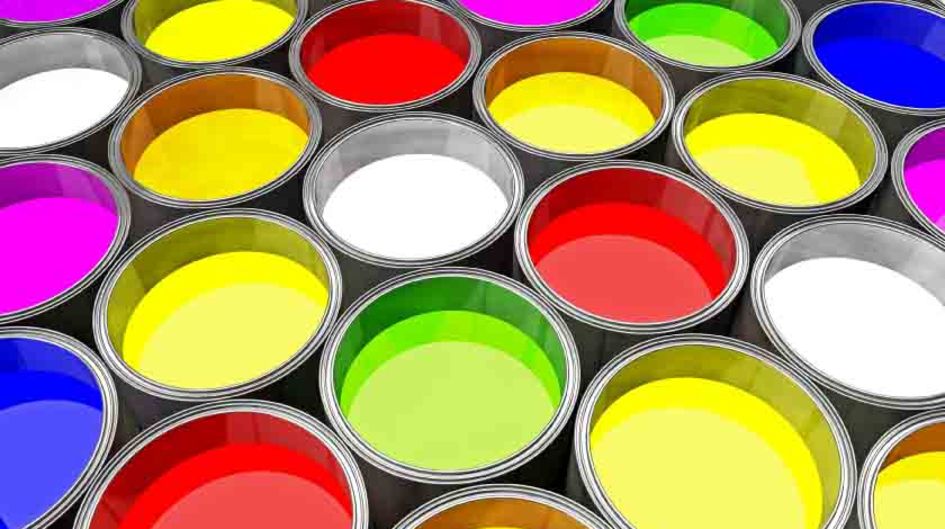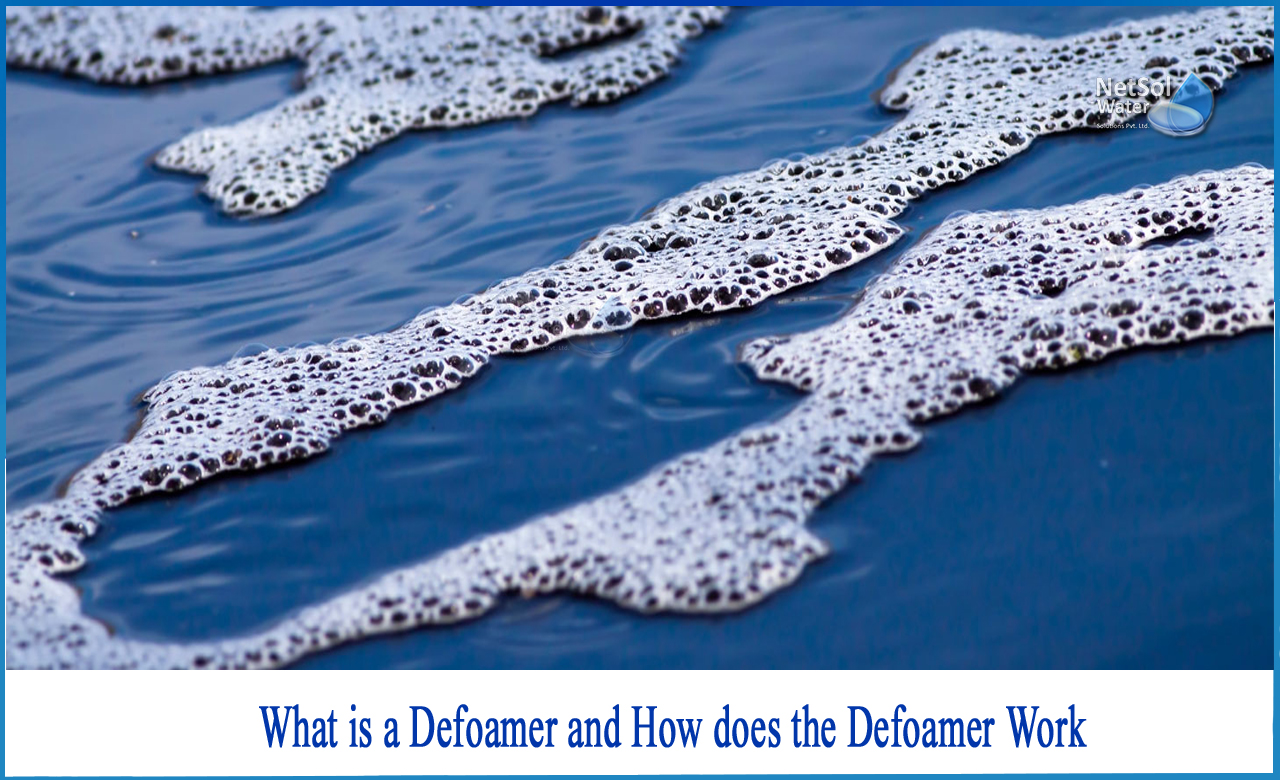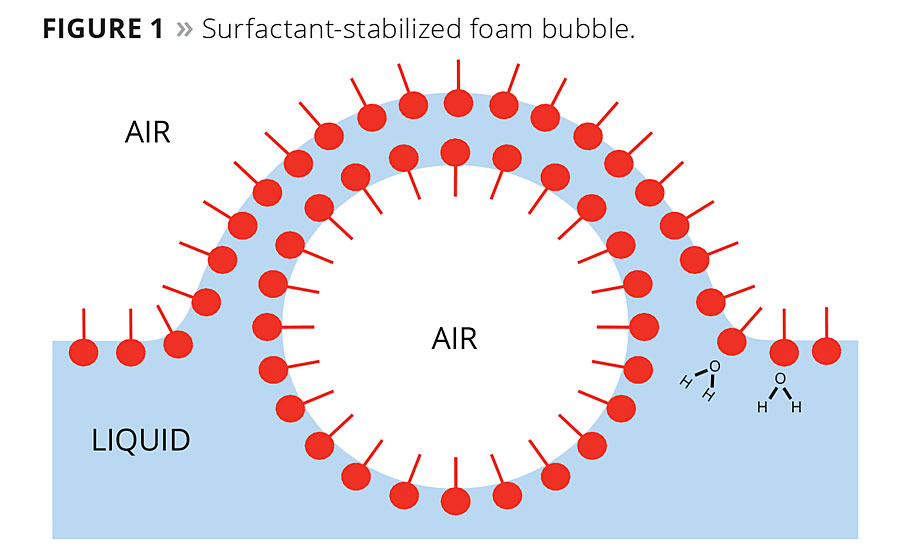The Science Behind Defoamers and Their Role in Foam Control
Choosing the Right Defoamer for Your Specific Application Needs
Choosing the appropriate defoamer for certain application needs is a nuanced procedure that demands cautious consideration of several variables, such as the foam kind, operating, and medium problems. Understanding the subtleties of defoamer efficiency-- including speed and persistence-- while likewise accounting for regulatory and environmental aspects is essential.
Comprehending Foam Development
Foam development takes place when gas is caught within a fluid, creating a stable structure of bubbles. This sensation can substantially influence numerous commercial procedures, specifically in industries such as food manufacturing, pharmaceuticals, and wastewater treatment. The presence of foam can prevent blending, reduce product high quality, and also cause functional inefficiencies.
Foam normally creates because of a combination of aspects, consisting of surface-active agents, agitation, and the attributes of the fluid phase. Surfactants lower the surface area stress of the liquid, helping with the development of bubbles that can coalesce and support. Frustration, whether from mechanical mixing or gas intro, improves bubble development, bring about increased foam quantity.
Comprehending the mechanics of foam development is critical for markets aiming to optimize their procedures. By determining the specific conditions that advertise foam generation, companies can execute strategies to mitigate its effects. This knowledge prepares for selecting appropriate defoaming representatives that successfully target the special difficulties postured by foam in different applications. A comprehensive understanding of foam development is necessary for boosting performance and preserving item stability across numerous markets.
Types of Defoamers Available
Various kinds of defoamers are offered to address the difficulties presented by foam in industrial applications. defoamers. Extensively identified, defoamers come under 3 classifications: silicone-based, non-silicone-based, and all-natural defoamers
Silicone-based defoamers are renowned for their effectiveness and security across a vast array of temperatures and pH levels. They are usually used in applications where strong foam reductions is necessary, such as in finishes, paints, and adhesives. Their reduced surface stress permits for quick foam collapse.
Non-silicone-based defoamers, commonly made from natural compounds, use a choice for applications sensitive to silicone deposits. These defoamers can be more separated right into polyether and ester types, each tailored to satisfy details formulation requirements. Non-silicone defoamers are regularly used in food processing and individual treatment items because of their compatibility with numerous formulations.
Natural defoamers, originated from plant or animal sources, are getting grip because of their green account. These items are specifically appealing in applications where governing compliance and sustainability are paramount, such as in agrochemicals and biotechnology.
Choosing the best kind of defoamer is critical for maximizing efficiency and making sure compatibility with particular applications.
Key Application Considerations
When choosing a defoamer, it is vital to take into consideration the details application needs to make certain ideal efficiency. defoamers. Various markets have distinct demands, such as food processing, pharmaceuticals, or wastewater therapy, and each application might need one-of-a-kind defoaming homes
Key variables to assess include the tool in which the defoamer will be made use of, whether it is water-based, oil-based, or a combination thereof. The temperature level and pH degrees of the application can also greatly influence the effectiveness of a defoamer. In addition, compatibility with other chemicals existing in the system is crucial to stop unfavorable responses that might jeopardize efficiency.
One more vital consideration is the lathering actions of the particular system. Understanding whether the foam forms promptly or slowly can lead the selection of a defoamer that targets the root reason efficiently. Furthermore, the preferred rate of defoaming can influence the option, as some applications need quick action while others might endure slower defoaming procedures.
Lastly, environmental and governing considerations need to not be ignored, specifically in markets with rigorous compliance demands. Choosing a defoamer that aligns with these elements ensures both effectiveness and safety in the application.

Efficiency Screening Methods
Evaluating the efficiency of a defoamer calls for a methodical technique to testing that accurately gauges its effectiveness in particular applications. Various performance screening approaches can be used to establish the ideal defoamer for a provided solution.
One typical approach is the bubble test, which reviews the defoamer's capability to lower foam volume over time. This examination involves generating a steady foam and after that adding the defoamer to observe the rate of foam collapse.

Ultimately, picking the appropriate performance testing technique depends upon the particular application and the kind of foam being attended to. Each technique uses useful information that can lead formula adjustments and enhance the performance of the defoamer in sensible applications.
Finest Practices for Choice


Following, think about the defoamer's efficiency in regards to rate of activity and determination. A quick-acting defoamer might be necessary for processes where rapid foam reductions is crucial, while an extra relentless solution might be visit the website required for prolonged foam control. Furthermore, assess the environmental impact of the defoamer, including its biodegradability and any type of governing conformity needs.
Conduct tests with selected defoamers to establish their efficiency in real-world conditions. By adhering to these finest practices, you can boost foam control performance and make sure the durability of your processes.
Final Thought
In summary, picking the appropriate defoamer demands a thorough analysis of various variables, consisting of foam type, medium, operating conditions, and environmental considerations. Recognizing the special characteristics of foam development and the offered defoamer options is critical. Furthermore, using efficient performance testing approaches and sticking to finest techniques throughout the option process will improve the likelihood of attaining optimal defoaming results. Eventually, a well-informed option technique will certainly resolve specific application requirements and mitigate lathering obstacles efficiently.
Selecting the appropriate defoamer for particular application needs is a nuanced process that demands cautious consideration of multiple variables, such as the foam type, medium, and operating conditions.Selecting the best defoamer is essential for attaining optimum helpful resources efficiency in foam control applications. A quick-acting defoamer might be essential for procedures where fast foam suppression is crucial, while a much more consistent formulation might be required for prolonged foam control.In summary, picking the ideal defoamer requires a detailed analysis of numerous aspects, including foam type, tool, operating problems, and ecological considerations. Understanding the unique features of foam development and the offered defoamer choices is important.